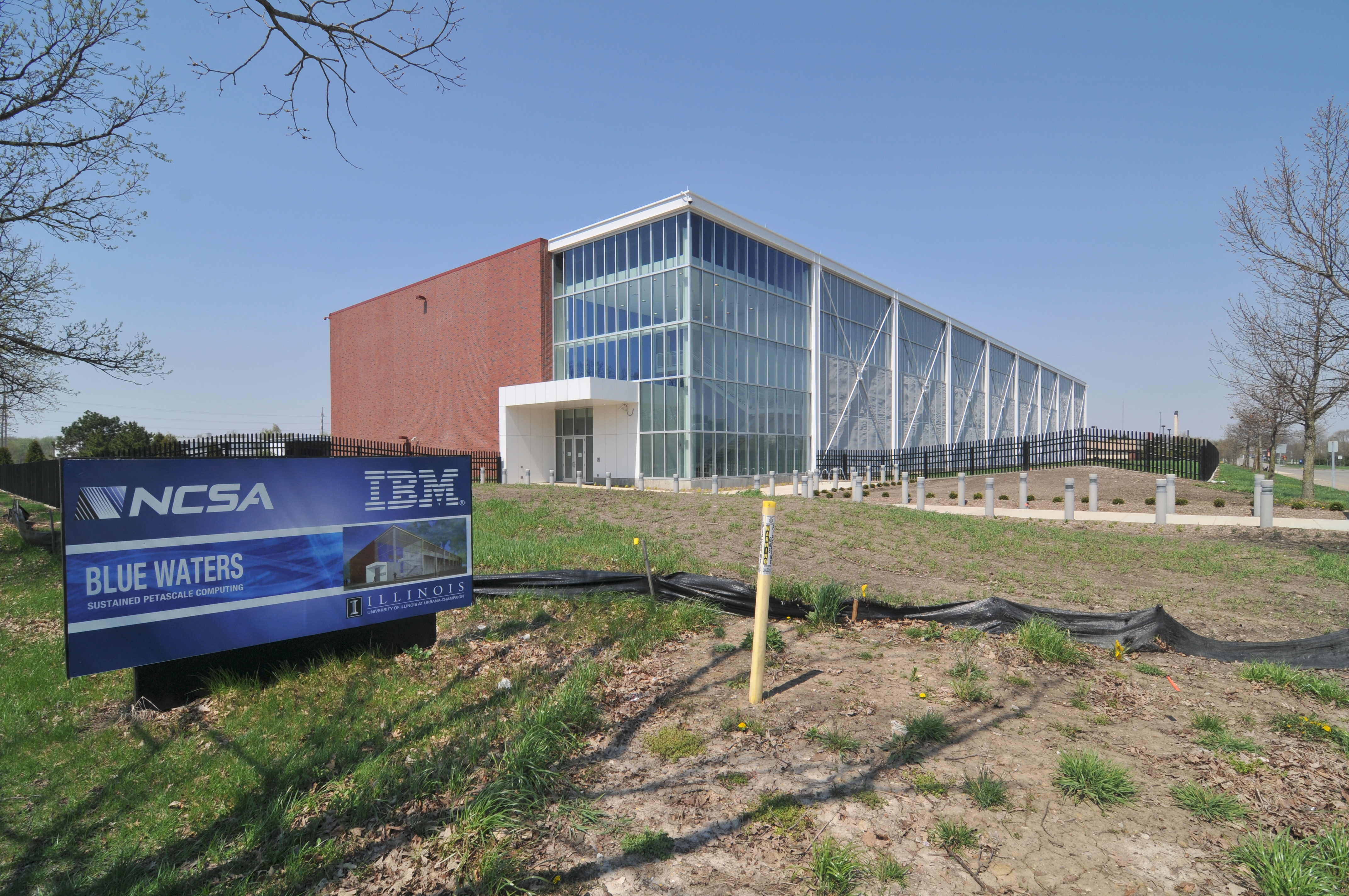| << Chapter < Page | Chapter >> Page > |
Sometimes people discount climate predictions based on their understanding of weather predictions. They will say something like, “Meteorologists can’t even give me a reliable forecast of the weather over the next three days, how am I supposed to trust them to give me the forecast for the next 100 years.” You’re not! Climate scientists do not use weather forecast models to forecast climate conditions 100 years in advance. The computer models that are used to predict the weather over the next few days are entirely different from those used to predict the climate. Instead of predicting the highly chaotic nature of temperature, precipitation, and other common weather variables at very high spatial and temporal resolution, climate models forecast changes in the flux of energy between earth and its atmosphere and space. These two computer-modeling techniques differ substantially in their computational expense as well. Although weather forecast models are run on extremely fast computer systems at the National Center for Environmental Prediction, the fastest computers in the world, like the Earth Simulator in Japan and Blue Waters at the University of Illinois at Urbana-Champaign are charged with climate simulations (see Figure Petascale Computing Facility ).

What are these climate models predicting will happen by the year 2100? First, we will look at the global average surface temperature projections. Figure Climate Simulation Scenarios plots global surface warming against time with the present day in the middle of this chart. Recall that over the last 200 years, there has been a 1°C increase in global temperatures, and that the rate of change has been extremely fast compared to natural changes in the earth’s climate. The graphs in Figure Climate Simulation Scenarios show the range of model projections from different climate simulation scenarios based upon various greenhouse gas emission scenarios (left graph). Focus on the top and bottom curves in the right panel, which show the most dramatic warming and the most conservative warming. The worst-case scenario, found in the top line, shows the “business as usual” projections. If nothing is done to mitigate the emission of greenhouse gases into the atmosphere, these climate models are predicting a 4°C to 6°C increase in global average temperature by 2100. The best-case scenario, from a climate change perspective, would be for a cessation of CO 2 emissions or for the current emission rates to not increase. In this case, there would still be a warming of 0.5° to 2°C by 2100 as indicated by the bottom curves.


Notification Switch
Would you like to follow the 'Sustainability: a comprehensive foundation' conversation and receive update notifications?